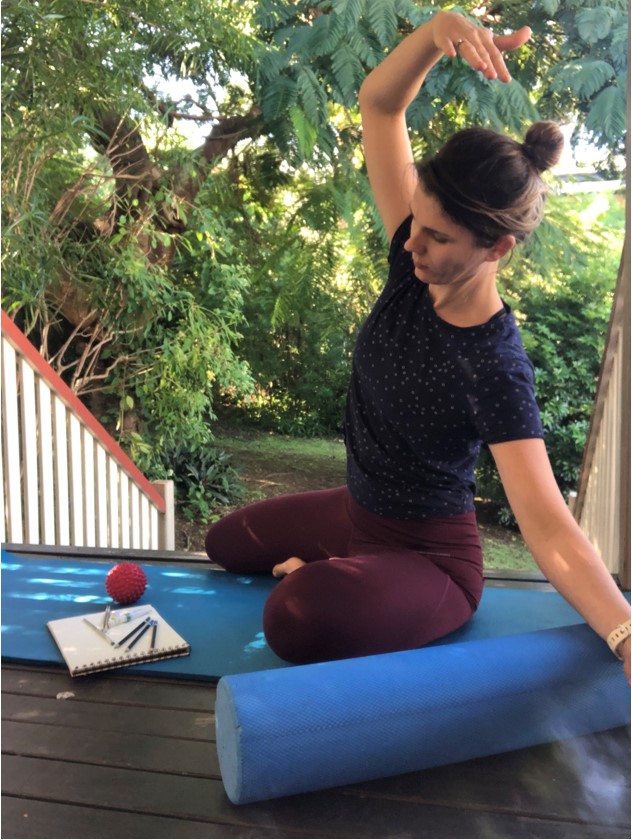Creativity within your Control
Have you ever found yourself in a creative rut, where all signs of inventiveness have been sucked into some sort of creativity-consuming black hole? Even the least creative of us needs an outlet for our creative energy to flow and new ideas to blossom. Creativity encourages mindfulness, promotes a sense of self-satisfaction, and is an important aspect of a well-balanced life.

Exercise has been well noted to allow the creative creature within to sneak to the surface. Mindful minutes of moving—like in Pilates—can help dust off the creative cogs and allow us to tap into our creative subconscious.
So how does this work?
There are several theories, ranging from the region of the brain stimulated during exercise, to what’s known as a creative pause, which allows our minds to ‘switch-off’ and our creative subconscious to tick along uninhibited.
While the science behind it may still be hazy, one thing is clear: moving your body allows new ideas to flow. Talk to any writer and they’ll tell you that there’s nothing like a good walk to clear writer’s block.
It’s important to note that creativity takes its shape in all forms. So even if you’ve never picked up a paintbrush or stepped onto a stage before, you still likely have the thread of creativity woven into your everyday life. Think of that tricky work issue that needs problem-solving, maybe that topic you’re going to present next week to your colleagues or, the new idea you need to propose to your clients next month. Or perhaps a family matter: how to make that Eiffel Tower birthday cake for your eleven-year-old, or new training drills to stimulate your seven-year-old’s soccer team that you’ve been lumped into coaching. After all, creativity is just a synonym for being visionary and innovative.
Free-flowing movements allow our brain to range out and explore new options. Focusing your attention on something other than the task at hand—that stubborn kitchen renovation that just won’t come together—can enhance your ability to creatively tackle these problems in the near future.
Pilates encompasses eight main principles, two of which are Flowing Movement and Concentration. The Pilates repertoire promotes fluidity of movement and, exercises can be layered and built upon to create a natural flow throughout a session, right from warm-up to cool-down. The need to draw our attention to our bodies for the entirety of a Pilates workout also forces us to take a mental break—a creative pause if you like.
So next time you find your creative self staring at a blank wall, having no idea how to push through it, consider Pilates. Regular Pilates training, like in the form of a Pilates instructor course, can tune your mind into finding novel ways to tap into your subconscious, allowing your mind to generate new ideas and let the creative juices flow.